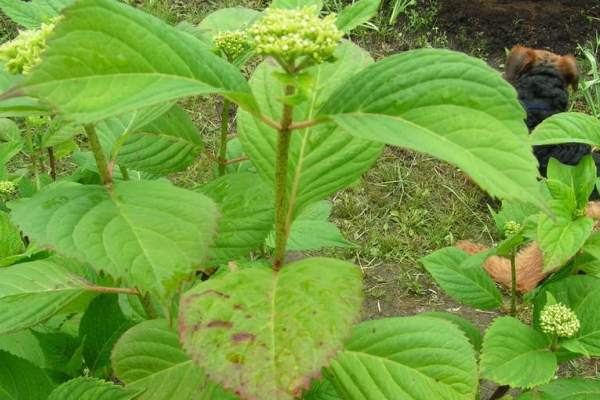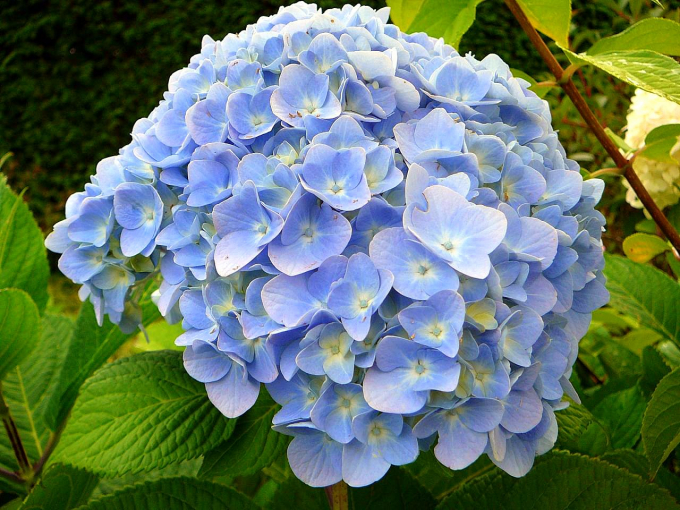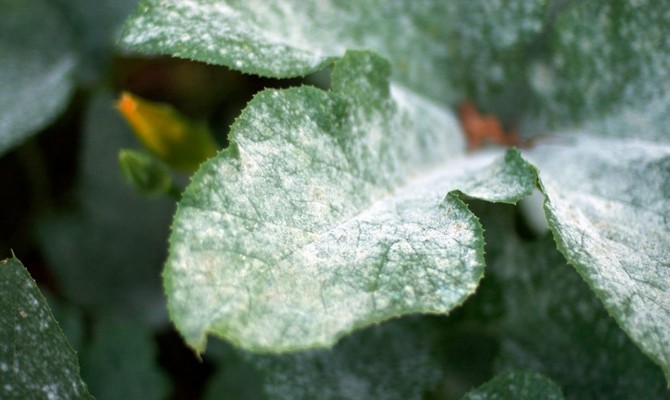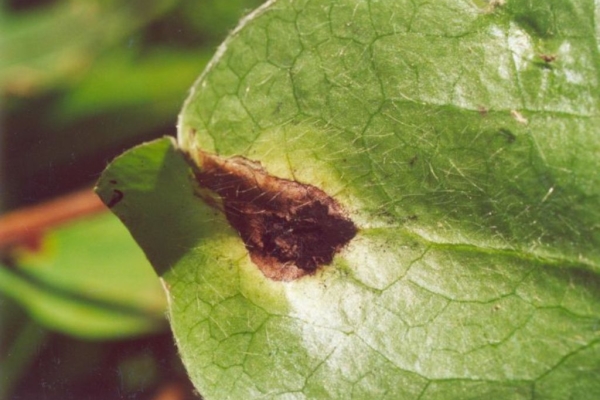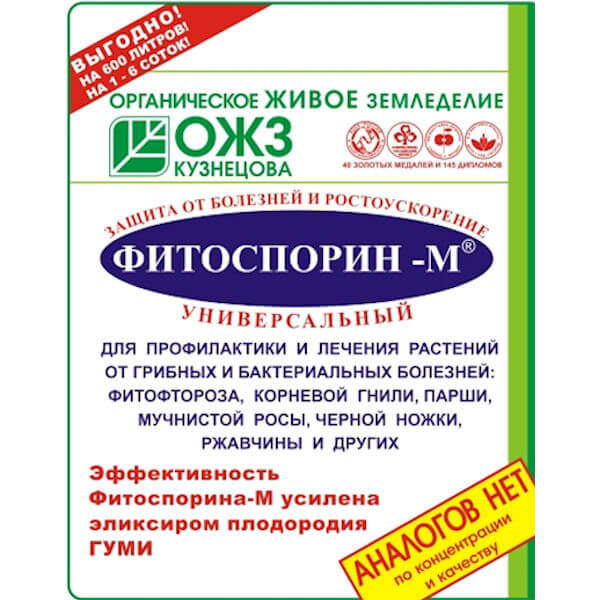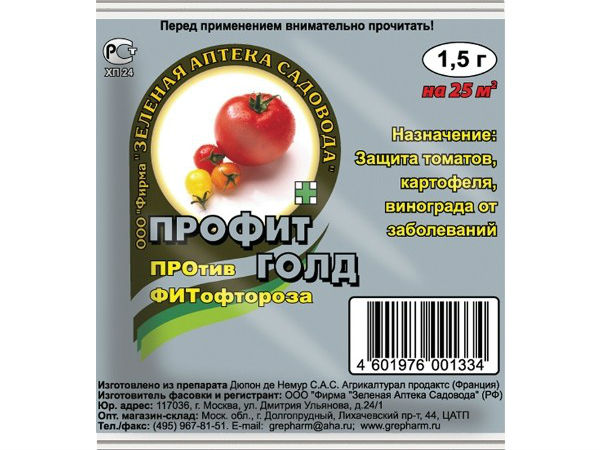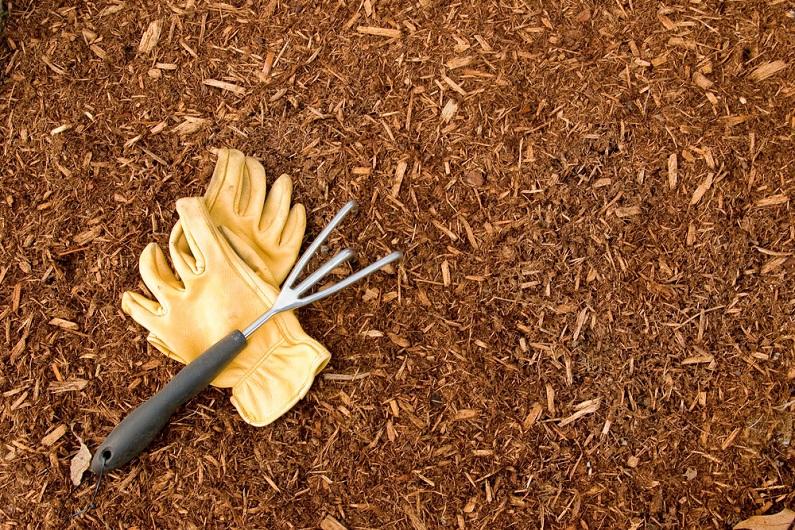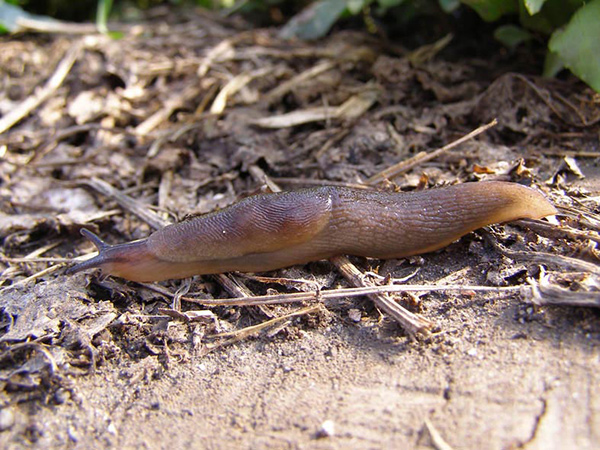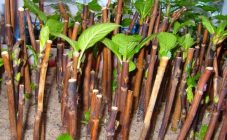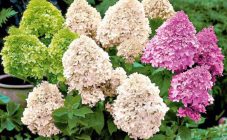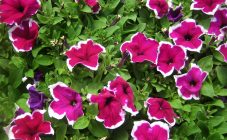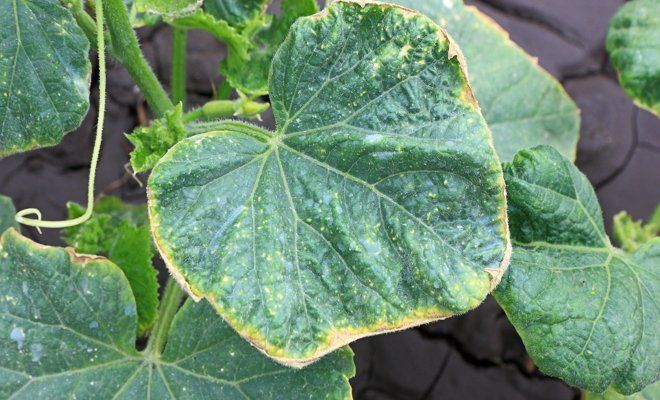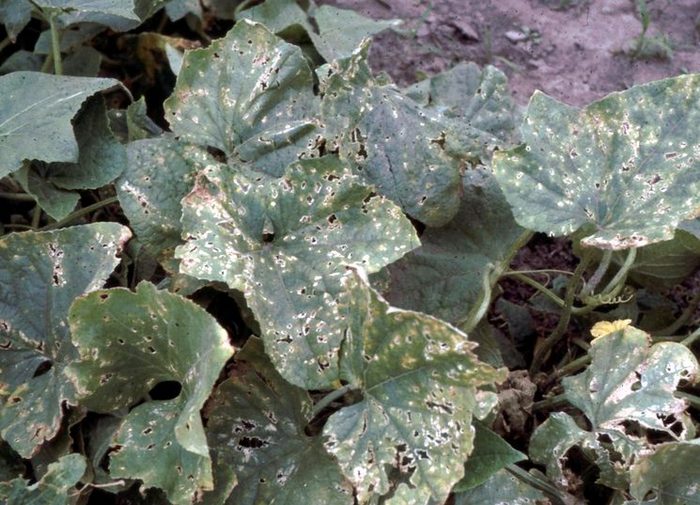Content:
These flowers do not get sick too often, hydrangea diseases are usually caused by several reasons - poor-quality seedlings, an unsuitable place for planting and mistakes in care. All diseases can be divided into fungal, viral and parasitic infections.
Illness from poor conditions
These kinds of disorders are usually well visible and are caused by 3 reasons:
- Sunburn.
- Lack or excess of water.
- Poor soil mineral balance.
Chlorosis
Arises from a lack of iron or an excess of lime in the soil.
Symptoms: yellowness and drying of the leaves, the veins remain green. The disease can take over the whole leaf or appear in the form of large spots.
Treatment: If it is not known exactly what caused the disease, you can start with measures to mitigate the Ph soil.
- Soften, acidify the soil with peat or aluminum sulfate. The dosage depends on the degree of alkalization of the soil and ranges from 2 to 5 kg / m3.
- As a preventive measure, flowers are watered with rainwater or softened for irrigation (the water becomes softer after standing for several days. You can also soften the water with ash or peat).
- Reduce fertilizing with mineral fertilizers.
If it's a lack of iron:
- Homemade iron supplement. 2 g of ferrous sulfate per 1 liter of water. Soften the solution with 4 g of citric acid.
- When the hydrangea is in poor condition, it is wiser to use a store-bought preparation with iron sulfate - it will be absorbed by the plant faster.
Indirectly, you can judge the Ph of the soil by its colors. Bright flowers indicate normal soil acidity, dull or neutral colors may indicate alkalization.
Leaf burns
In the strong sun in summer, hydrangea can get burned. They look like translucent spots, usually white. The affected areas become thinner, may dry out.
Treatment: shade the plant. When transferring a flower from a shaded area to a strong sun, it is imperative to shade and gradually reduce the shadow.
Dry black leaves
Too strong sun and hard water - that's why the leaves of the hydrangea turn black. It happens that the leaves of the hydrangea turn brown around the edge. If left untreated, blackening can affect the entire flower.
Treatment: shade the flower and use softened water. Then the brown spots on the hydrangea will gradually disappear.
Wet black leaves
From a sudden change in temperature or excessive watering, foliage can turn black, lose shape, and become lethargic. That is why the leaves of the garden hydrangea turn black.
Hydrangea leaves curl - why? This happens if herbicides were sprayed nearby (for example, a lawn was being treated) The fact is that this flower is extremely sensitive to herbicidal substances in the soil.
Hydrangea does not bloom
There may be several reasons:
- A beginner's mistake is pruning all the shoots for the winter. Buds are formed on last year's branches in the fall. Flowers will not form on this year's shoots.
- Freezing of buds.Usually this applies to large-leaved hydrangea, its buds need to be well wrapped for the winter with agrofibre or straw.
- Shine. In the bright sun, it may not bloom at all or bloom weakly. Hortense loves diffused light.
- Watering and feeding. Regular watering is essential, the plant loves water. Top dressing can also solve the problem. Usually hydrangea is fed when buds appear and in early autumn.
It is important to know that due to various growth enhancers, hydrangea can give buds in the first year, but there will not be full flowers until the root system is formed. This only happens for 2 years.
Fungal diseases
Caused by small pathogenic fungi. These are dangerous diseases of hydrangea, their treatment can be difficult. This is usually associated with high humidity, soil and plant contamination.
White rot
The fungus attacks the roots and absorbs the nutrients for the shoots. Infection occurs through various plant debris, from neighboring plants. It develops especially rapidly in closed greenhouses, hotbeds, open ground is not so dangerous. If you do not fight the fungus, the plant will die and infect the nearest "neighbors".
Symptoms:
- Darkened shoots.
- Rotting stems near the ground.
- White, cotton-like bloom on the leaves.
Later, dark spots and blotches appear on the plaque. If the infection has reached the stage of white bloom, it is better to remove the plant, otherwise it will infect the entire flower garden.
Comprehensive treatment is necessary, otherwise the fungus will begin to spread.
- Cut out infected areas and process the sections with a strong solution of potassium permanganate.
- Spray plants with products containing copper (Bordeaux mixture, copper sulfate solution and special preparations for white rot are suitable).
Folk remedy for white rot: a teaspoon of vitriol and 3 liters of whey per 6 liters of water. A sprayer is used for processing.
White rot can infect almost all plants in the garden. If the affected area on the plant is too large, it is better to remove it and burn it so as not to jeopardize nearby plants.
Gray rot
Leaves and young soft tissues are affected. Usually appears from waterlogging - excessive watering or too thick foliage, overcrowding of plants. The fungus spreads rapidly in a humid environment.
Symptoms: Soft gray coating on the leaves. It can dry out and crumble into dust, uneven holes remain in the tissues of the plant.
Treatment: the main thing is to remove dead areas in time and burn them.
- Treat the plant after removing dead tissue with potassium permanganate, as is the case with white rot. If the disease has gone too far, it is better to destroy the flower so as not to infect others.
- Sick bushes need to be sprayed with a solution of Bordeaux mixture (1% solution) or Fundazol.
Gray rot is no less infectious than white rot, affecting vegetables, fruit trees, flowers, legumes.
Peronosporosis (downy mildew)
It occurs at high humidity levels and high (more than 20 ° C) temperatures.
Symptoms: oily, dark spots on the leaves over time. If treatment is not carried out on time, the spots spread to the stems.
Treatment:
- Remove affected areas. Process the slices with potassium permanganate.
- Spray plants with 1% Bordeaux mixture solution, Optimo, Kuproksat preparations.
Peronosporosis affects other flowers: sweet peas, marigolds, primrose, chrysanthemum. It can also be dangerous for vegetables.
Powdery mildew is real
Usually affects young, weakened plants. Often associated with excess nitrogenous fertilizer and insufficient watering.
Symptoms: faint yellow-green specks on the leaves, gray, sometimes purple bloom appears on the back of the leaves.
Powdery mildew leads to leaf fall and plant death.
Treatment:
- Remove and burn affected areas.
- Only fungicides - Fitosporin B, Topaz - give a good effect against powdery mildew.
It must be remembered that when using preparations of the fungicidal group, you need to take breaks of 1 year. Otherwise, the fungus can get used to it and develop immunity.
Powdery mildew in different crops has its own pathogens, hydrangea fungus is not dangerous for other crops on the site.
Septoriasis
Damp cold summer disease. Leaves are affected, usually the fungus spreads from the lower shoots to the upper ones.
Symptoms: specks up to 5 mm in diameter. Light in the center and dark brown towards the edges. With severe damage, spots may appear on the stems.
The affected plant soon begins to dry out, shedding leaves, and may die.
Treatment:
- Removal of affected areas, processing of sections with potassium permanganate, garden pitch.
- Spraying plants with a solution of Bordeaux mixture, garden preparations Rodomit Gold, Profit.
Septoria blight can infect many garden crops: apple, quince, eggplant, raspberry. Also dangerous for asters, chrysanthemums, peony, phlox.
Rust
A fungal disease that affects many cultivated plants. Arises from excess water and nitrogenous fertilizers.
Symptoms: Small, yellow, yellow spots. Later, brown growths develop on the specks, the leaves dry and fall off. Fine rusty dust may fall from the growths. These are fungal spores that are easily carried by the wind and can kill other plants.
Treatment:
- Removing dried leaves.
- Treatment with copper chloride at the rate of 20 g per 5 liters of water. Fungicides Topaz and Falcon are effective.
There are several types of rust fungus that are almost indistinguishable in appearance. Some of the species are capable of infecting most horticultural crops, not just flowers.
Hydrangea viral diseases
Typical ways of introducing infections are with a garden tool, from a nursery, with new plants, or with dead parts of infected plants. Pest animals can also carry viruses.
Ring spot
It spreads regardless of external conditions, it is dangerous for panicle hydrangeas.
Symptoms: Ring-shaped spots form on the leaves. At the next stage, the leaves lose their shape, shrink, fall off.
A flower affected by ringed spot is likely to stop blooming or produce weakened buds. Very often the plant dies. If the hydrangea is sick with this virus - what to do, there is no medicine, you will have to destroy the bush. All efforts should be directed towards prevention. Take planting material only checked, from healthy plants.
Hydrangea cancer
The disease appeared relatively recently, with varietal material from Western Europe. It is believed that weakened plants are susceptible to disease, especially those with mechanical damage, for example from hail.
Symptoms: brown spots on stems, leaves. On the reverse side, sores appear under the spots.
There is no cure for the disease. The best method of dealing is to remove and burn the affected areas. If a plant is deeply damaged, it is better to destroy it in order to avoid an epidemic. If the disease is not treated, the ulcers increase in size, the shoots die off, and the plant dries up. There are no exact data on the infectivity of hydrangea cancer for other crops.
Disease prevention
Prevention is always safer and more effective than cure. Here are the main preventive measures:
- Correct acidity and mineral composition of the soil. You need to water it with soft water, when applying nitrogenous fertilizers, be careful not to overdo it, otherwise the hydrangea leaves turn black and dry.
- Sun and humidity. Hydrangea likes diffused light and grows normally in the shade.Direct sunlight in summer can cause burns, and dry ground increases the risk of powdery mildew and downy mildew.
- Planting material must be selected carefully so as not to introduce dangerous viral diseases.
- To protect plants from fungi and viruses, you need to disinfect the tool that you used to work with diseased plants, burn the affected plant parts. Good protection from infectious branches and drying out of the earth is given by soil mulching.
- Prevention of fungi. Before the start of active growth of shoots, in the spring, you need to treat hydrangeas with fungicides.
Pests and parasites
Leaf aphid
Small parasitic insect. Finds the soft parts of the plant and sucks the sap. In small quantities, it is not a threat. Usually, the number of aphids is regulated by natural enemies - ladybirds, lacewings, some beetles. However, in large quantities, aphids can weaken or completely destroy the plant.
The aphid colony usually sits in clusters and is clearly visible on the plant. The first sign that aphids are on the hydrangea will be drying and yellowing of the leaves.
Treatment:
- When the colony is small, it is enough to wash the plant with a soap solution or spray it with water from a hose.
- If the colony is large, you need to use special insecticides - Iskra, Bison, Akarina. The products are toxic, you must strictly follow the description and instructions.
A proven home remedy is tobacco dust decoction. The advantage of a home remedy will be its lower toxicity compared to insecticides.
Spider mite
A tiny tick, almost invisible. It feeds on plant sap. It actively reproduces in the dry hot season.
You can recognize a tick by the appearance of a thin web on the leaves. When the plant is severely infested, the colonies are visible to the naked eye as a collection of tiny reddish specks on the leaves and stems. The leaflet affected by this parasite can curl and curl up.
Treatment:
- As long as the lesion is small, you can get by by applying soap solution or any mineral oil to the leaves.
- In case of a dangerous infection, special anti-tick agents are used - Akarin, Lightning.
The healing effect of tobacco dust is not as great as against aphids.
Gall nematode
Microscopic primitive worm. It affects the roots of plants, makes its way into the trunks. Having multiplied, it can literally poison the plant with caustic secretions.
The nematode can be recognized by the red galls on the roots and at the base of the stems. These blister-like bumps begin to rot and die off. The affected plant slows down growth and may die if the parasites are allowed to multiply.
Prevention:
- Natural enemies of the worm are other predatory nematodes and special fungi that parasitize worms. To increase their amount, sugar is laid in the ground (in small quantities).
- The chemicals Aktofit and Fitoverm do not kill the natural microflora of the soil, but they fight the root nematode. They are introduced into the ground a couple of days before planting.
Garden slug
Slug eats leaves of plants, prefers young leaves and shoot tips. Feels especially well in dense thickets, loves shade and high humidity. Slugs are easy to spot by characteristic damage to the leaves, they usually hide in the axils of the leaves or under stones in shaded places.
Slugs are a serious danger for very young plants, in spring in greenhouses.
Slugs are usually collected by hand, the clutches of their eggs in the axils of plants are destroyed. Specialty chemicals such as Molluscicide are toxic.
Preventive treatment with preparations containing copper and fungicides will help resist fungal infections.Seedlings of hydrangeas should be healthy and not suspicious, this will avoid viral diseases, for which there is simply no cure.
The most dangerous pest of hydrangea is the rootworm nematode, against which only prevention helps. Suitable soil, proper care and attention will protect hydrangeas and keep them healthy.
